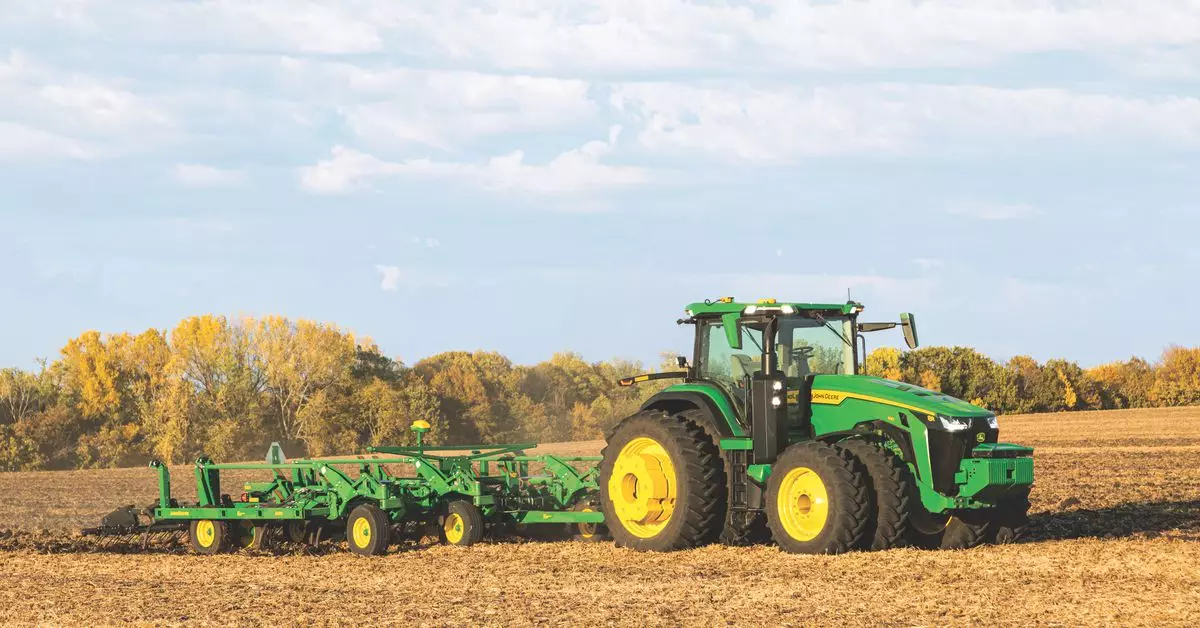Solar storms have recently been causing disruptions in GPS systems, affecting the accuracy of farming operations in the Midwest. The Northern Lights phenomenon that has captivated many across the United States is a result of these solar storms. However, the consequences of these storms extend beyond just providing a visual spectacle, as they have significant implications for farmers relying on technology for planting their crops.
The solar storms have caused some GPS systems to go offline temporarily, leading to issues with the Real-Time Kinematic (RTK) systems that provide centimeter-level positional accuracy for tractors during farming activities. This disruption has resulted in drastic shifts in the field and heading changes for farmers who have continued planting during the outages. The compromised GPS systems have made it challenging for farmers to accurately tend to their planted rows later on, posing a risk of crop destruction.
For corn farmers, May 15th is a crucial deadline for planting their crops. The timing of the solar storms couldn’t have been worse, as the disruptions have hindered their ability to carry out planting operations effectively. With the weather forecast further complicating the situation, farmers are facing the possibility of significant delays in their planting schedule. The reliance on high-tech equipment, such as RTK systems, highlights the vulnerability of modern farming practices to external disruptions like solar storms.
The widespread use of advanced technology in farming underscores the importance of having right-to-repair laws in place. When equipment failures occur, farmers are often left without viable solutions due to their dependence on technology throughout the crop cycle. The current momentum behind right-to-repair laws reflects the urgent need for farmers to have the autonomy to repair their equipment independently, rather than being at the mercy of manufacturers.
Solar storms, also known as geomagnetic storms, are caused by coronal mass ejections from the sun, resulting in the disruption of Earth’s magnetic field. These storms are classified on a severity scale from G1 to G5, with the recent storm reaching the highest level of G5. The potential for severe to extreme solar storms highlights the unpredictable nature of these events and their potential impact on critical systems, such as GPS satellites and satellite communication networks like Starlink.
The effects of solar storms on GPS systems and farming operations serve as a stark reminder of the vulnerabilities inherent in our increasingly technology-dependent world. The disruption caused by these storms underscores the importance of preparedness and resilience in the face of unpredictable natural events. As farmers navigate the challenges posed by solar storms, it is essential to consider the long-term implications of relying on high-tech solutions in agriculture and the need for robust contingency plans to mitigate potential disruptions.


Leave a Reply